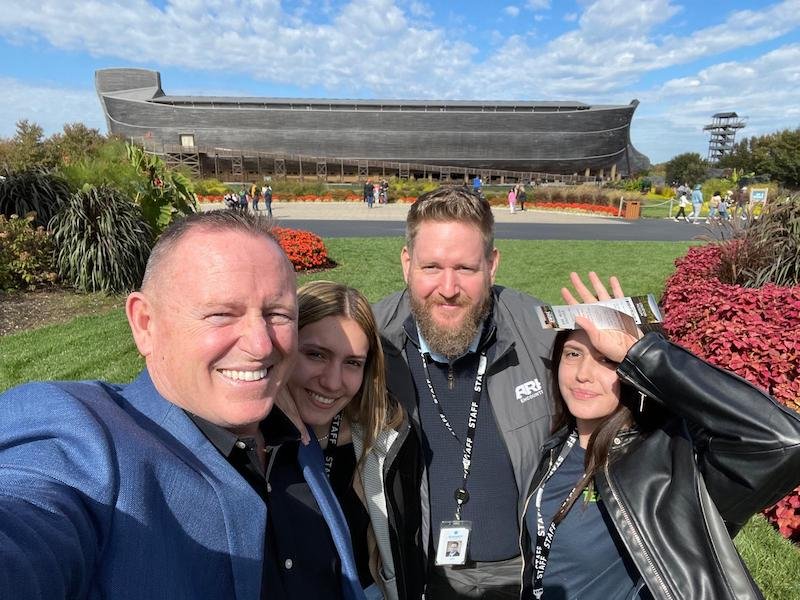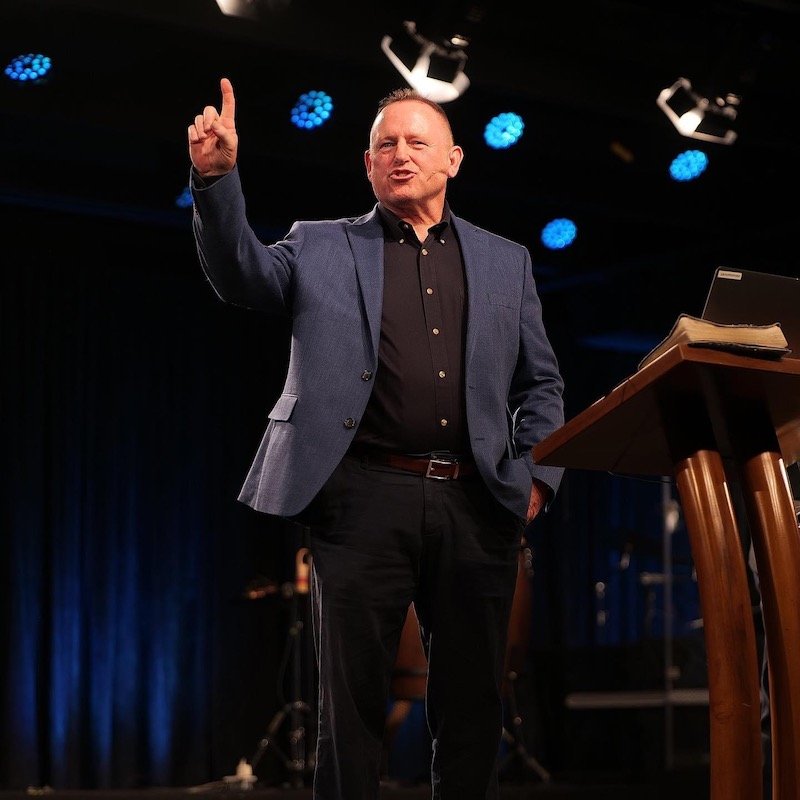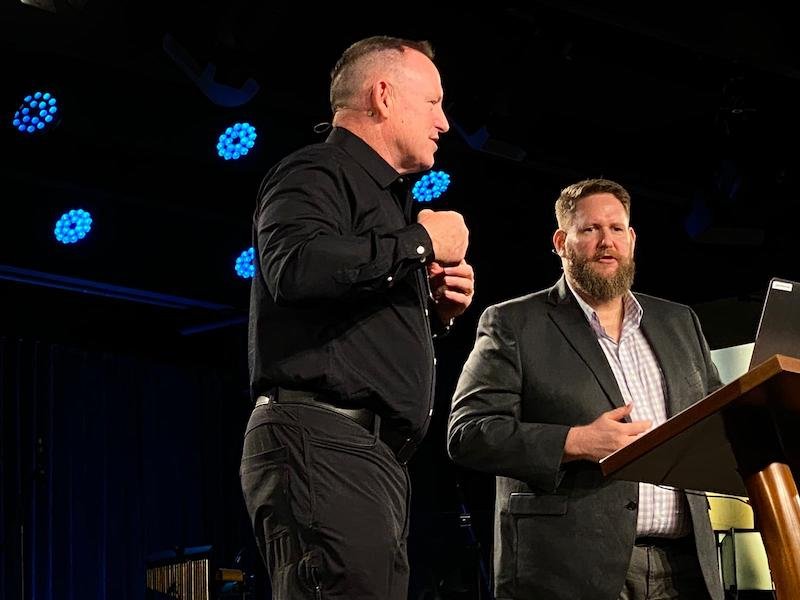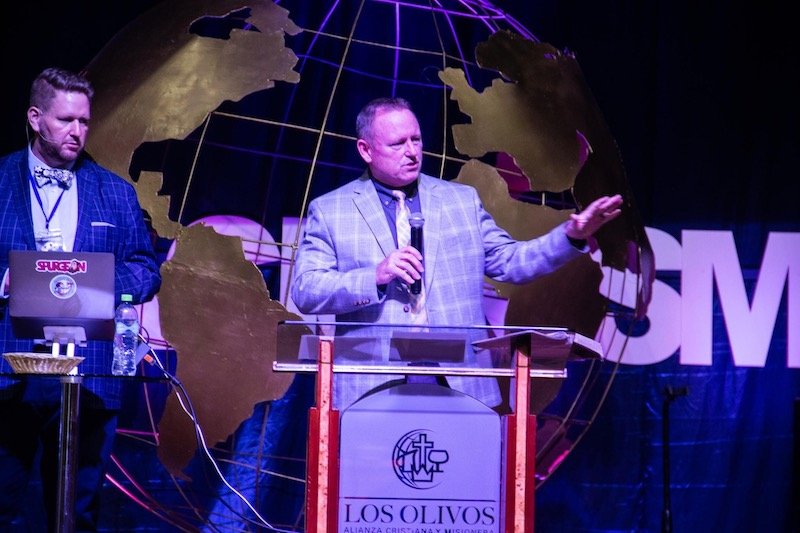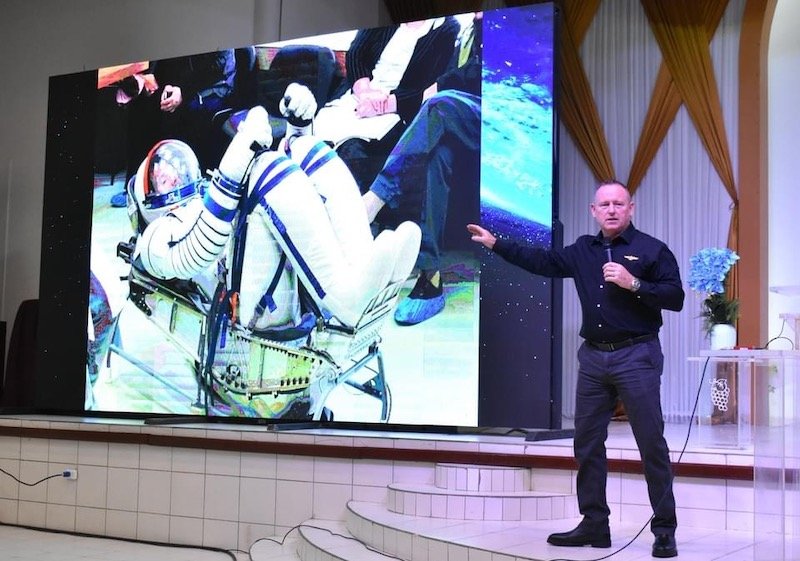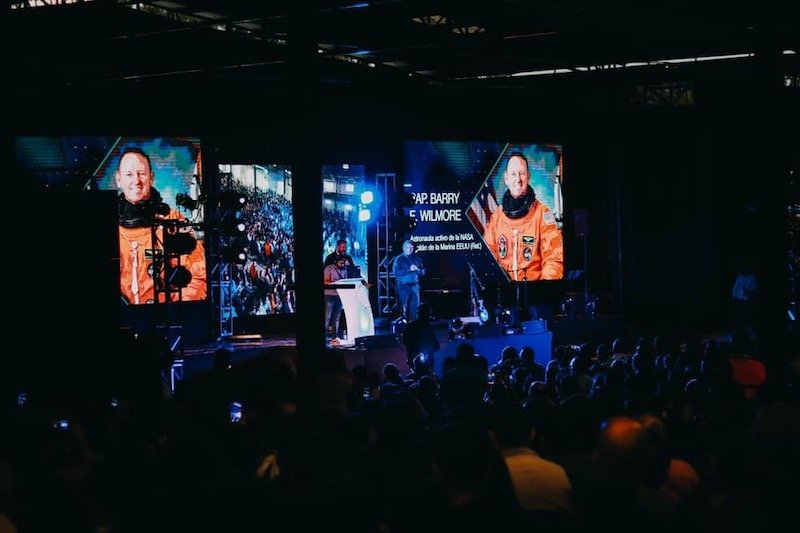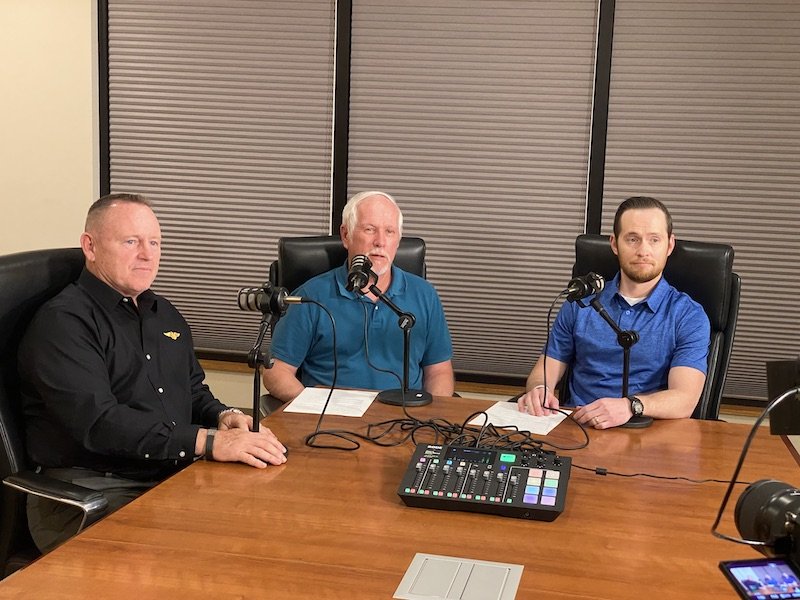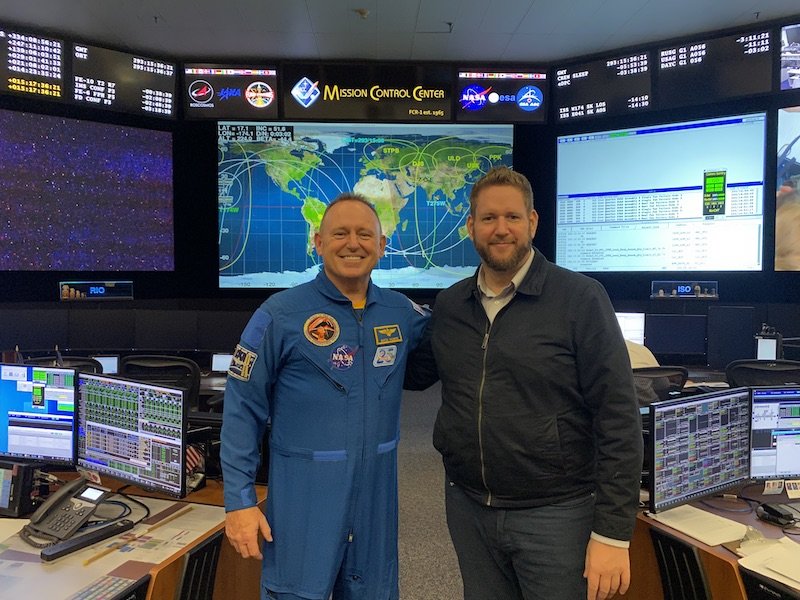Lights Off!
Photo by Klemen Vrankar on Unsplash
First Name: McKenna
First Letter of Last Name: S
Grade: 6
What is your favorite planet or star?: Saturn
What is your favorite rocket?: Atlas V
Question: If all the lights in the world were turned off would the stars look bigger, or would you just be able to see more stars?
Hi McKenna, thanks for your question! I also really like the planet Saturn—its huge rings are so awesome to look at! (I could spend millions of years staring at them through a telescope!)

Image of Saturn by Hubble telescope (credit: NASA)
And I like the ULA Atlas V rocket too! I like it because this powerful rocket is considered one of the most reliable rockets in the world.
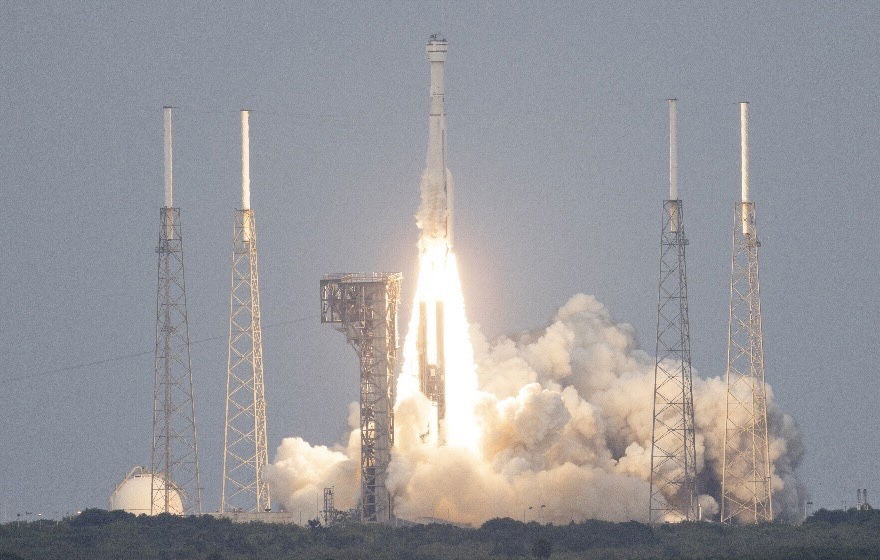
ULA Atlas V rocket launch with the Boeing CST-100 Starliner spacecraft (credit: NASA)
And I also like it because this is the rocket that recently launched the CST-100 Starliner spacecraft, taking NASA astronauts Barry “Butch” Wilmore and Suni Williams up to the International Space Station!1
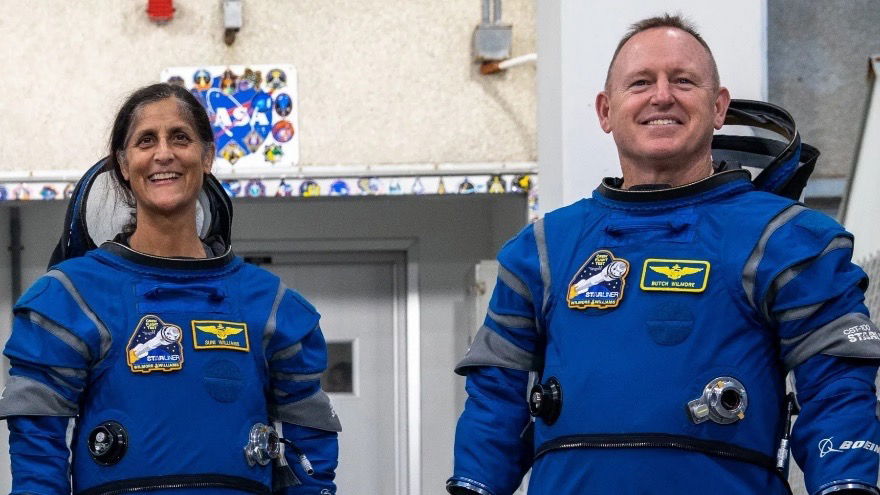
NASA astronauts Suni Williams (left) and Butch Wilmore (right), Boeing Crew Flight Test pilot and commander, respectively (credit: NASA)
By the way, did you know that Butch is a Christian, biblical creationist, and great friend of our ministry?! That’s right! In fact, as they prepared to leave the earth, he told everyone about Answers in Genesis (AiG), Ark Encounter, and Creation Museum—and how everyone needs to come and visit! You can listen to him share about our ministry in this short clip:
Check out these photos of Butch at some of our conferences with Joe Owen, the director of AiG–Latin America, and his family (plus, there’s a photo of him with Dr. Faulkner and me, while we were recording an episode for our YouTube channel):
Okay, now to your question . . . if all the lights in the world were turned off would the stars look bigger, or would you just be able to see more stars? I really like this question because, having lived in big cities with lots of lights for my whole life, this is something I’ve often thought about myself!
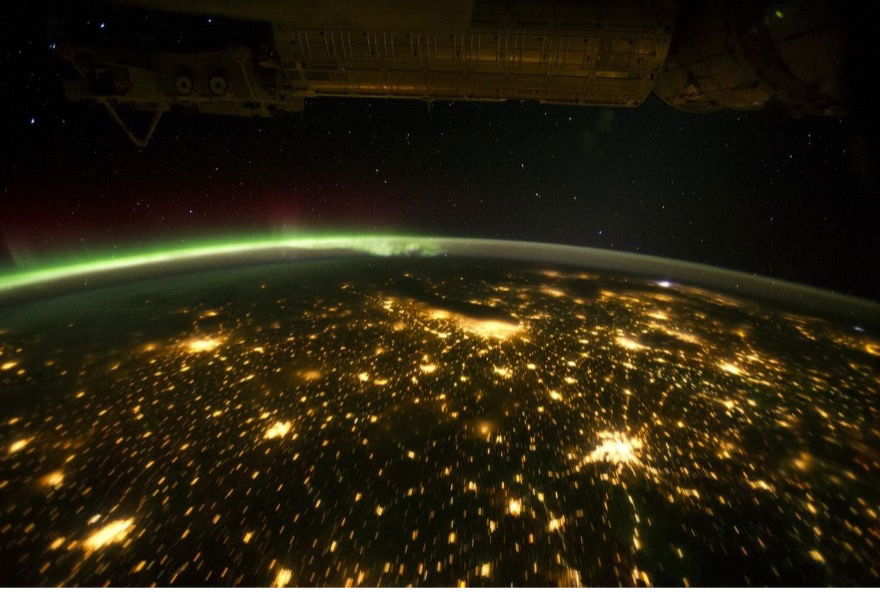
Photo taken from the ISS, showing bright city lights coming from several cities in the American Midwest at night (credit: NASA)
Here’s the simple answer: no, the stars would not appear bigger, but you would be able to see more stars—like A LOT more stars! This is because all the artificial (man-made) lights currently make the fainter stars hard to see. But with less light from things like streetlights, buildings, and so on, the night sky would appear much darker, allowing more stars, planets, and other astronomical objects to become visible. So, while the stars would still have the same apparent size, the overall visibility and clarity of the night sky would be much better.
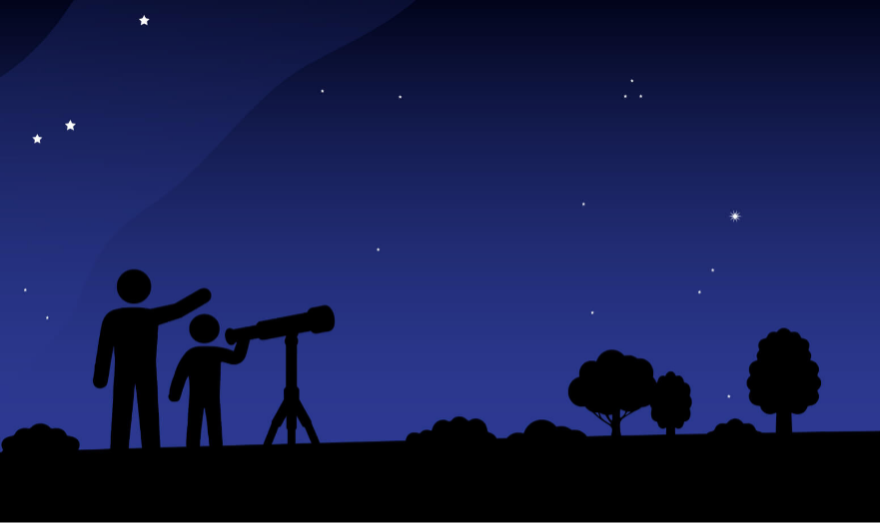
(credit: NASA)
Think about it this way, imagine you just stuck a bunch of glow-in-the-dark star stickers all over your bedroom ceiling. And while the lights are still turned on in your room, you won’t be able to see all those stickers very well. But once you turn off all the lights (and make sure the windows are covered), then you can easily see all the stickers shining bright. In the same way, turning off all the lights in the world would make the night sky much darker and allow us to see way more shining stars!
In fact, this is why people who study the night sky (such as astronomers) will set up their telescopes in very rural areas that are far away from any nearby cities. This allows them to capture some awesome views of the night sky! For example, one really cool thing you can see when you’re in a dark area, away from all the city lights, is the Milky Way (the galaxy we live in), which kind of looks like a hazy or “milky” band of light that stretches across the night sky. (Hence, the name!) And if you happen to have a telescope (or even binoculars), you can also see various clouds of gas and dust, called nebulae, and star clusters within the Milky Way. But again, in order to see all that beauty in the sky, you have to find a very dark location outside the city. (And, of course, it has to be a clear night!)

(credit: NASA)
By the way, did you know that there are (at least!) 200 billion trillion stars out there in the universe?! That means 200,000,000,000,000,000,000,000 (that’s a lot of zeros!)—which is a number so big that I cannot even wrap my mind around it!
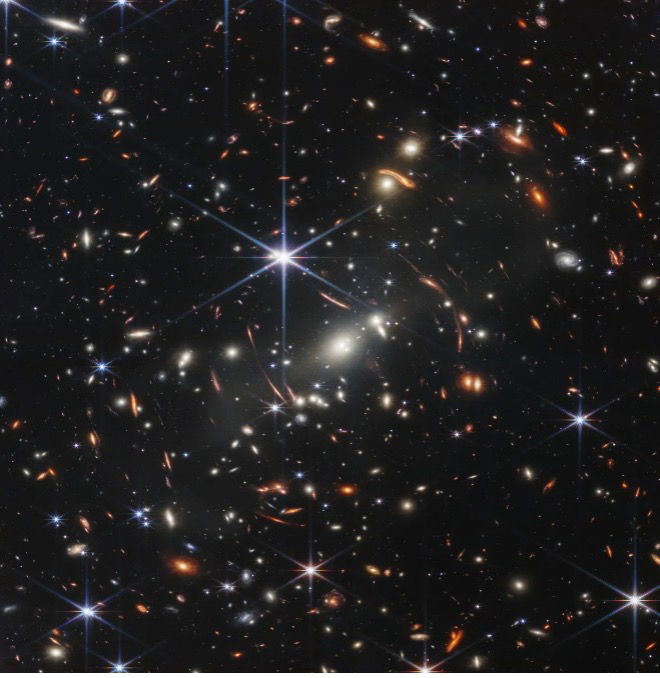
Deep-field image taken by James Webb Space Telescope, which shows thousands of galaxies (not stars!) from just a tiny portion of the sky (credit: NASA)
But if we start our thinking with the Bible, that’s not a problem for an all-powerful God! God told us that he created everything in the heavens and the earth during creation week (Genesis 1)—and made the mind-boggling number of stars in just one day, day four, which really shows the infinite power of our God! And when he made the countless number of stars on the fourth day, he intended them to be seen and admired by us on the earth. So heading to a dark area away from all the lights in the world helps us to see more of God’s awesome creation in the heavens and the beautiful stars that he made—just as it all was originally meant to be seen. Think about that the next time you look at the night sky!
“The heavens declare the glory of God, and the sky above proclaims his handiwork. Day to day pours out speech, and night to night reveals knowledge.” (Psalm 19:1–2)
By the way, another thing I often wonder after reading these verses is what the night sky looked like during King David’s time when he wrote Psalm 19. There were no bright city lights anywhere to be found in his day, so I’m sure the night sky must have been absolutely breathtaking to see!
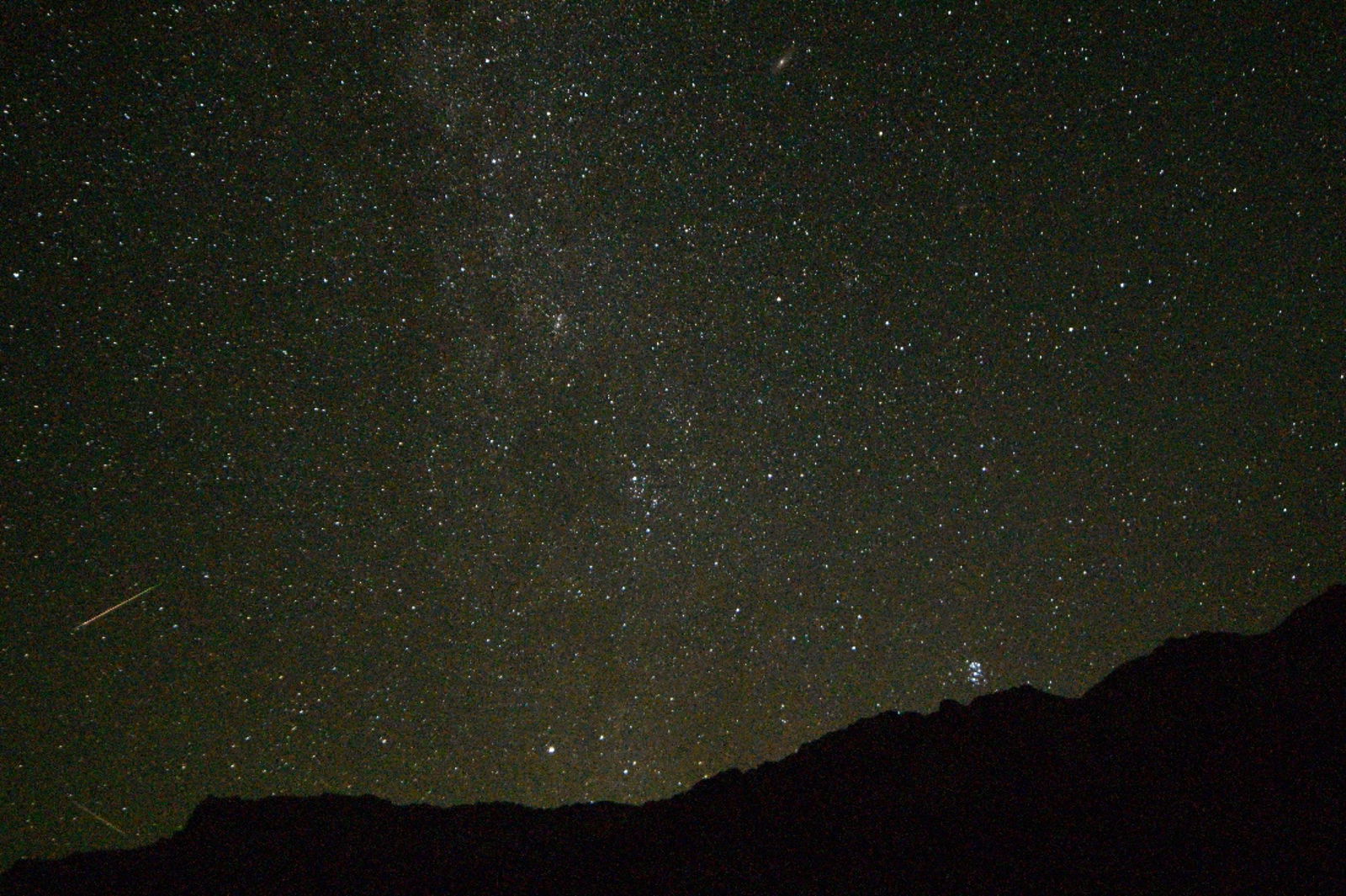
Photograph taken by Dr. Danny Faulkner during one of his Grand Canyon raft adventures2
More importantly, not only does turning off all the lights allow us to see more of the stars that God put in the heavens—it shows us the glory of our powerful Creator. In fact, ultimately, when I look at these amazing images of the night sky, I see order, design, and beauty in the heavens—which shows the wisdom/mind of God and brings glory to him. And the good news is that the same God, who created the countless stars by his awesome power, provides salvation for guilty sinners to be reconciled to him for eternity—by the finished work of Jesus Christ—our Creator, Sustainer, and Redeemer!
“He who counts the stars, and calls them by their names, is in no danger of forgetting his own children.” (Charles Spurgeon)3
Footnotes
- As of writing this, both astronauts are still up in the ISS (having spent nearly two months now in space!) with currently no return date set. Per the latest news, Boeing and NASA engineers are still evaluating some issues on the spacecraft (mainly the helium leaks and thruster issues) before sending Butch and Suni back down to earth. Let’s continue praying for their safe return!
- With a parents help, you can see more amazing photos on his blog page, here: https://answersingenesis.org/blogs/danny-faulkner/2021/08/23/meteors-milky-way-pareidolia-grand-canyon/
- AZ Quotes, “Charles Spurgeon Quotes,” accessed August 9, 2024, https://www.azquotes.com/author/13978-Charles_Spurgeon.
- © 2024 Answers in Genesis
- Privacy Policy
- Contact
- About

